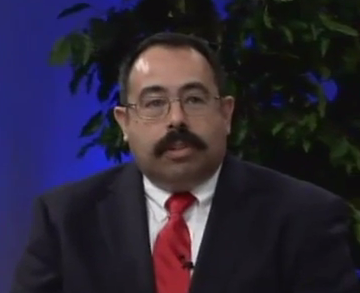
Successful Strategies for Integration of Immunization and Emergency Preparedness Programs in Planning and Practice
Course Description:
This broadcast will convene a panel of subject matter experts from both immunization and emergency preparedness programs to address national policy recommendations developed by the Association of Immunization Managers (AIM). Program faculty will uncover and highlight the best approaches to achieve AIM’s recommended goals by pulling from experiences with the 2009 H1N1 pandemic. Faculty will discuss successes and challenges as well as identify how successful relationships can be forged and maintained between the programs to improve emergency response efforts.
Note: This course was originally delivered as a satellite broadcast.
Target Audience
Academic Faculty/Staff, Federal Government Employees, State Government Employees, Local Government Employees, Non-Government Employees and Students
Learning Objectives
- Highlight ways to strengthen collaborations between emergency preparedness and immunization programs
- Describe ways to overcome budget-related challenges during crisis situations
- Discuss challenges and lessons learned from the 2009 H1N1 response
- Provide examples on how communication challenges were overcome during the H1N1 response
- Discuss resource sharing and allocation between programs during disaster response
- Describe the impact of organizational structure on each program’s ability to collaborate
Instructors:

Joseph Cordova
Strategic National Stockpile Coordinator
Wisconsin Department of Health Services

Dan Hopfensperger
Director, Wisconsin Immunization Program
Wisconsin Department of Health Services

Barbara Ludwig
Immunization Program Manager
Nebraska Department of Health and Human Services

Andy Mullins
Director, Center for Emergency Preparedness
Alabama Department of Public Health

Christine Newlon
Director, Emergency Preparedness and Response
Nebraska Department of Health and Human Services

Winkler Sims
Director, Immunization Division
Alabama Department of Public Health

James S. Blumenstock
Chief Program Officer, Public Health Practice
Association of State and Territorial Health Officials
Available Credit
- 2.00 Participation/CETulane Professional and Continuing Education (PaCE) awards 2.00 hour(s) of credit for completing Successful Strategies for Integration of Immunization and Emergency Preparedness Programs in Planning and Practice
Price
Required Hardware/software
System Settings
This course is designed to work most effectively if your computer and internet connection meet certain minimal requirements. This course can be accessed using a Windows 10 PC or a Mac with High Sierra1, Mojave, or Catalina. Pop-up blockers should be disabled when viewing the course. Internet Explorer 11 (for Windows 10), or the current version of Google Chrome, Mozilla Firefox, or Apple Safari (for Windows 10 and or Mac) is required. Many of our courses require Java and JavaScript enabled.
Links to External Websites
Links to websites outside this course will open in a new window or tab. Some browsers may minimize the course window. If this occurs, maximize the course window to return to the course.
Adobe Acrobat Reader (for desktops and laptops)
Adobe Acrobat Reader is required to access some documents in this course. If you need to download a free copy of Acrobat Reader, click here.
Internet Connection Speed
A minimum download speed of 1.5 Mbps is recommended for an optimal experience, which is commonly the speed associated with a basic DSL or a cellular/satellite connection. A faster connection, such as cable or fiber service, with further enhance your online experience. A Wi-Fi connection is generally acceptable, but it is dependent upon one of the two services mentioned above. You can check your internet connection speed at http://www.speedtest.net/.

 Facebook
Facebook X
X LinkedIn
LinkedIn Forward
Forward